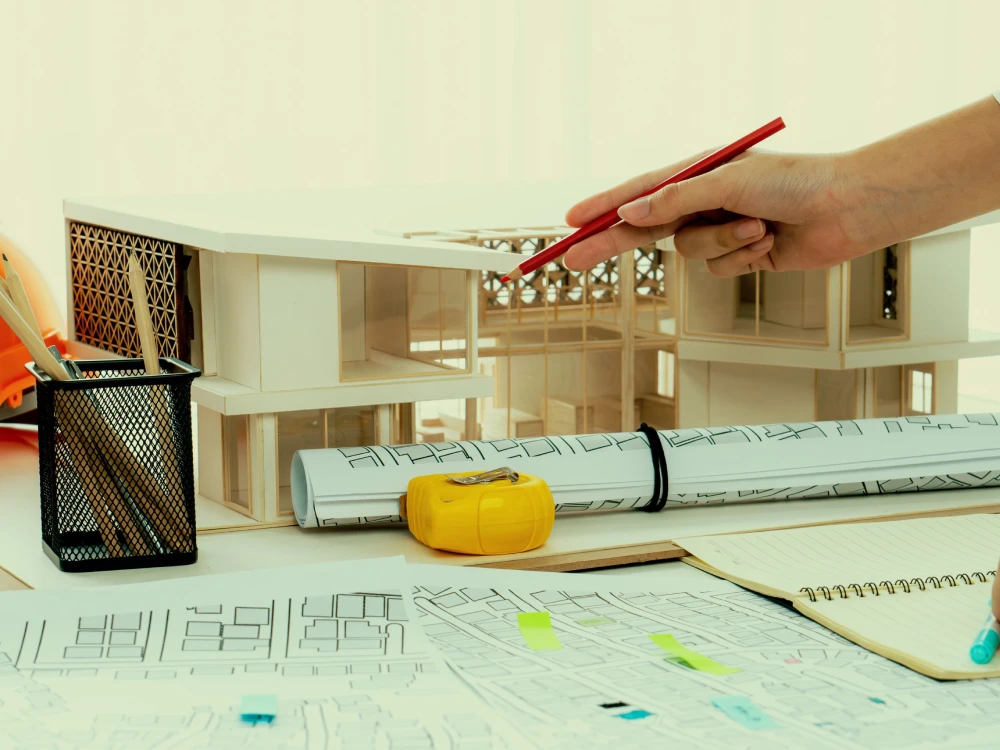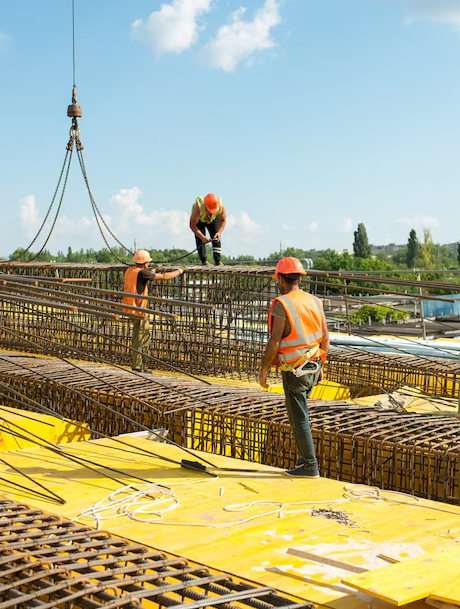
27
Jun 2025
Comparative Study of the Pre-Engineered Building (PEB) Industry: India vs. Global Landscape
Introduction
Pre-Engineered Buildings (PEBs) represent a modern approach to construction that is faster, more cost-effective, and more sustainable compared to conventional construction methods. These buildings are factory-fabricated and then assembled on-site, allowing for reduced timelines, consistent quality, and minimal waste. The global PEB industry has matured significantly over the past few decades, especially in North America, the Middle East, and parts of Southeast Asia. India, on the other hand, is a rapidly growing market in this segment, showing significant promise but also facing distinct challenges.
1. Market Size and Growth
India’s PEB market has witnessed robust growth, driven by increased demand in sectors like logistics, warehousing, industrial parks, retail, and infrastructure. As per industry estimates, the Indian PEB market is expected to grow at a CAGR of over 11% and reach USD 8 billion by 2030. Government initiatives such as “Make in India”, “Atmanirbhar Bharat”, and the PM Gati Shakti infrastructure plan have contributed to demand.
In contrast, the US pioneered the PEB concept in the 1960s and now has a mature market. The Middle East favors PEBs due to climatic and infrastructural needs, while China and Europe are seeing increased adoption especially in modular and green building projects.
2. Technological Adoption and Manufacturing Standards
India is evolving in terms of technology but lags behind in automation and standardization. While CAD and CNC machines are used, advanced tools like BIM, robotic welding, and AI integration are rare. Tier 1 players are improving standards.
Globally, the USA, Europe, and China lead in automation and design integration. Germany focuses on sustainability, and China has automated mass production supported by subsidies.
3. Regulatory and Policy Framework
India’s regulatory environment is inconsistent across states and lacks specific norms for PEBs. Bureaucratic delays persist. However, national initiatives are pushing toward streamlined processes.
Conversely, the USA has robust regulations like IBC and AISC. The Middle East expedites approvals, especially in Dubai. China mandates prefabrication in many regions. Europe and Australia also provide clear frameworks.
4. Cost and Time Efficiency
India offers cost advantages due to cheap labor, but faces fluctuations in steel prices and logistics issues. Time savings of up to 50% are notable benefits.
Western countries offset high labor costs with time savings and lifecycle efficiency. China benefits from mass production, and the Middle East values rapid execution for infrastructure expansion.
5. Sectoral Demand and Use-Cases
India’s key sectors include warehousing, industrial parks, and data centers. Airports and low-cost housing are emerging areas.
Globally, the US and Europe use PEBs in healthcare, retail, and even multi-story offices. The Middle East applies them in commercial and religious buildings, while China uses them extensively in urban renewal.
6. Challenges and Constraints
India struggles with skilled labor shortages, inconsistent quality, and low awareness. Logistics challenges persist.
The US and Europe face high labor costs. China sometimes deals with quality issues. The Middle East is vulnerable to supply disruptions due to import dependency.
7. Sustainability and Green Construction
India is slowly embracing green building practices with solar panels and LEED-certified PEBs, mostly in government and corporate projects.
Europe and the USA lead with fully integrated green systems. China emphasizes prefabrication for emission control, while the Middle East incorporates energy-efficient features due to climate conditions.
Future Outlook
India has strong potential in the global PEB market through policy support, automation, and capacity building. Export opportunities in South Asia and Africa are emerging.
Globally, the focus is on smart buildings, carbon neutrality, and AI-based construction management. India must align with these trends to stay competitive.
Conclusion
India’s PEB sector is growing rapidly but needs standardization, investment in technology, and policy alignment to compete globally. While developed countries have established systems and practices, India’s demographic and cost advantages offer significant growth potential in the years to come.

